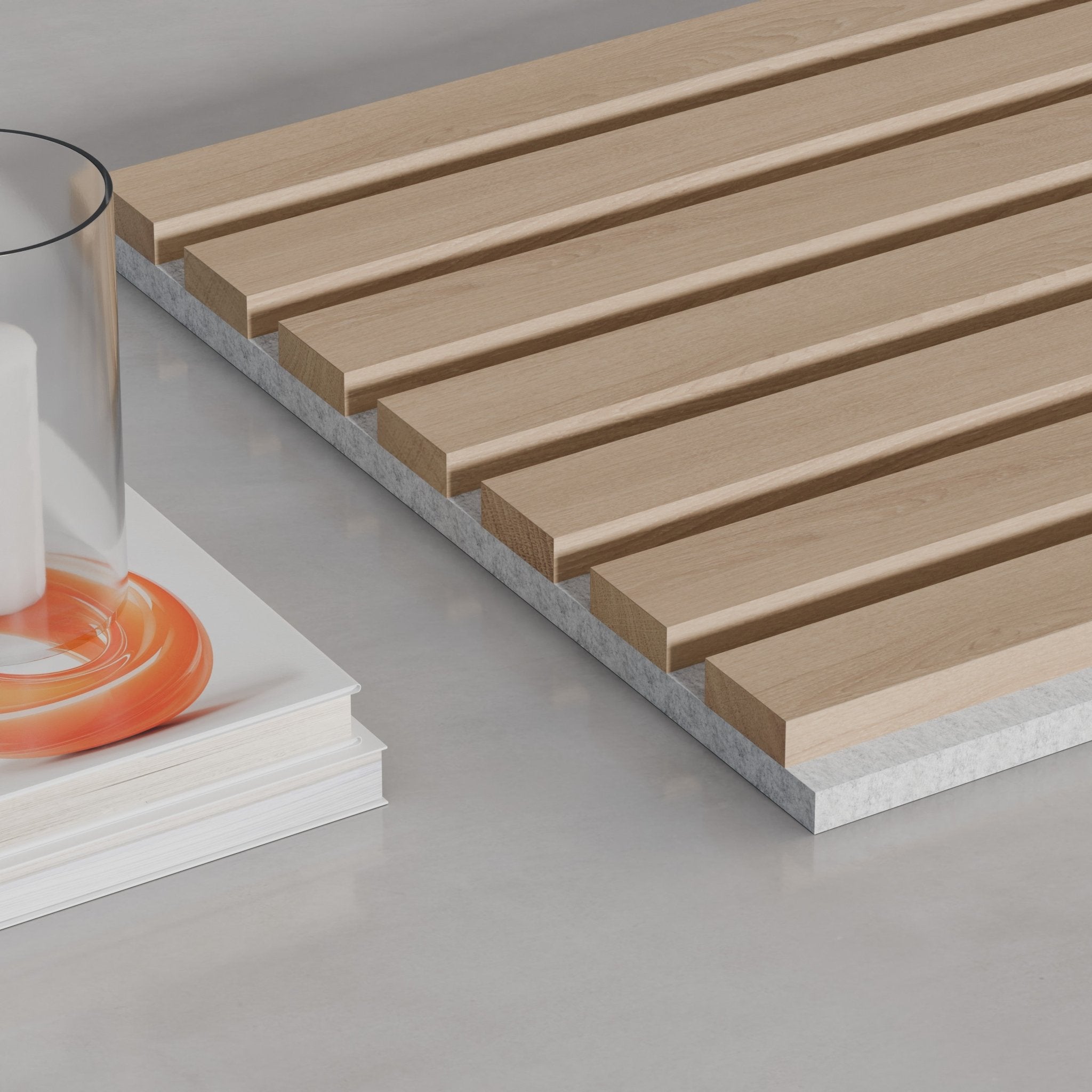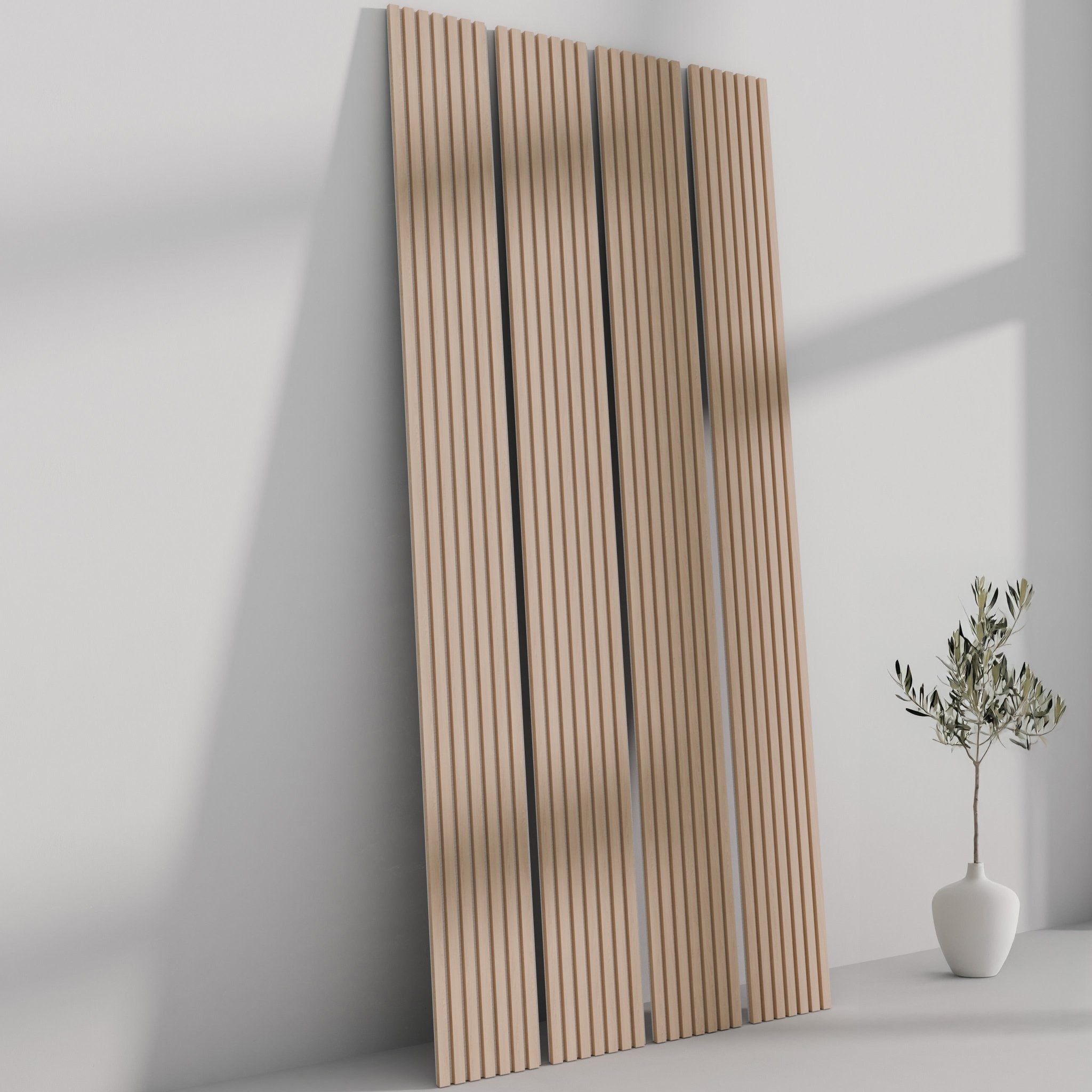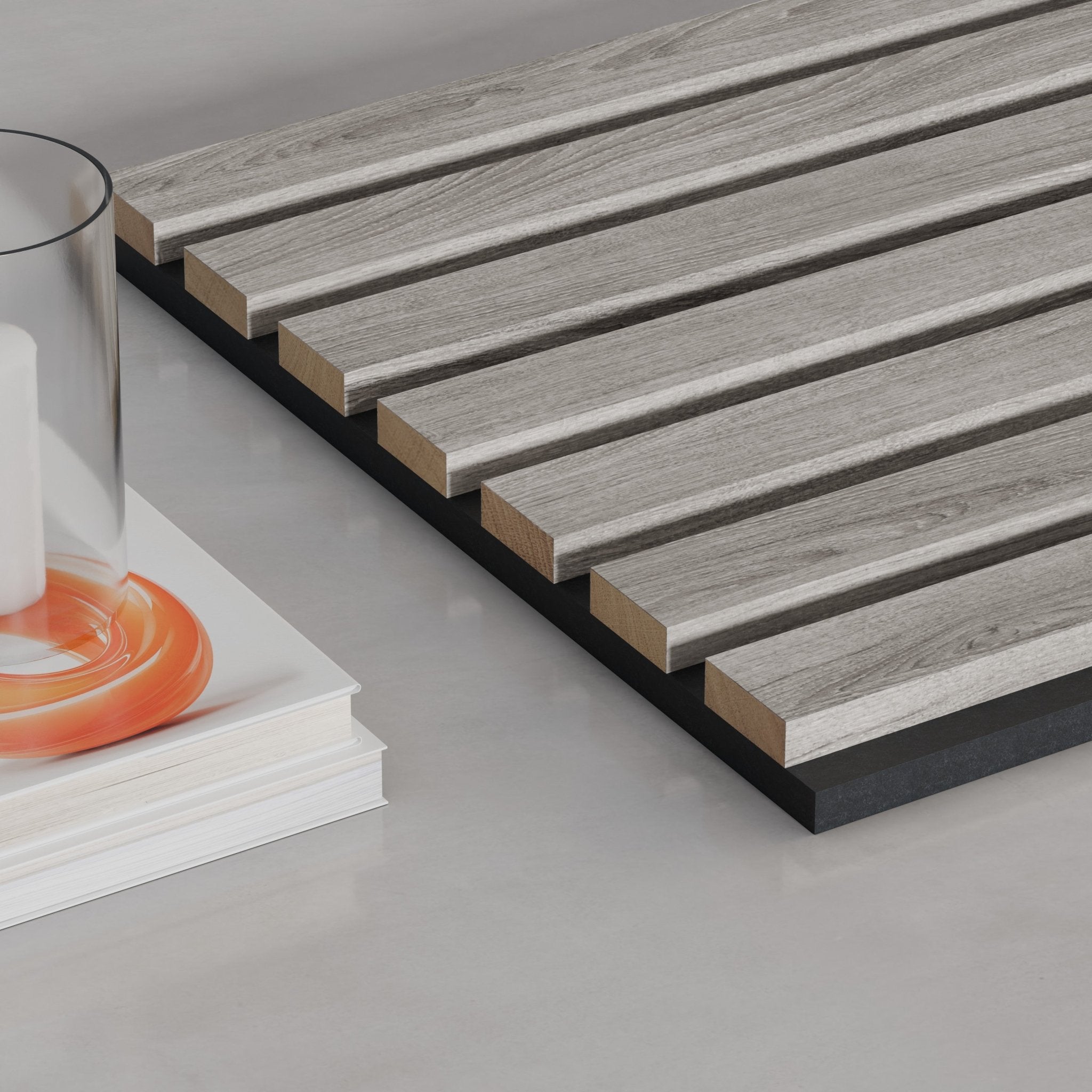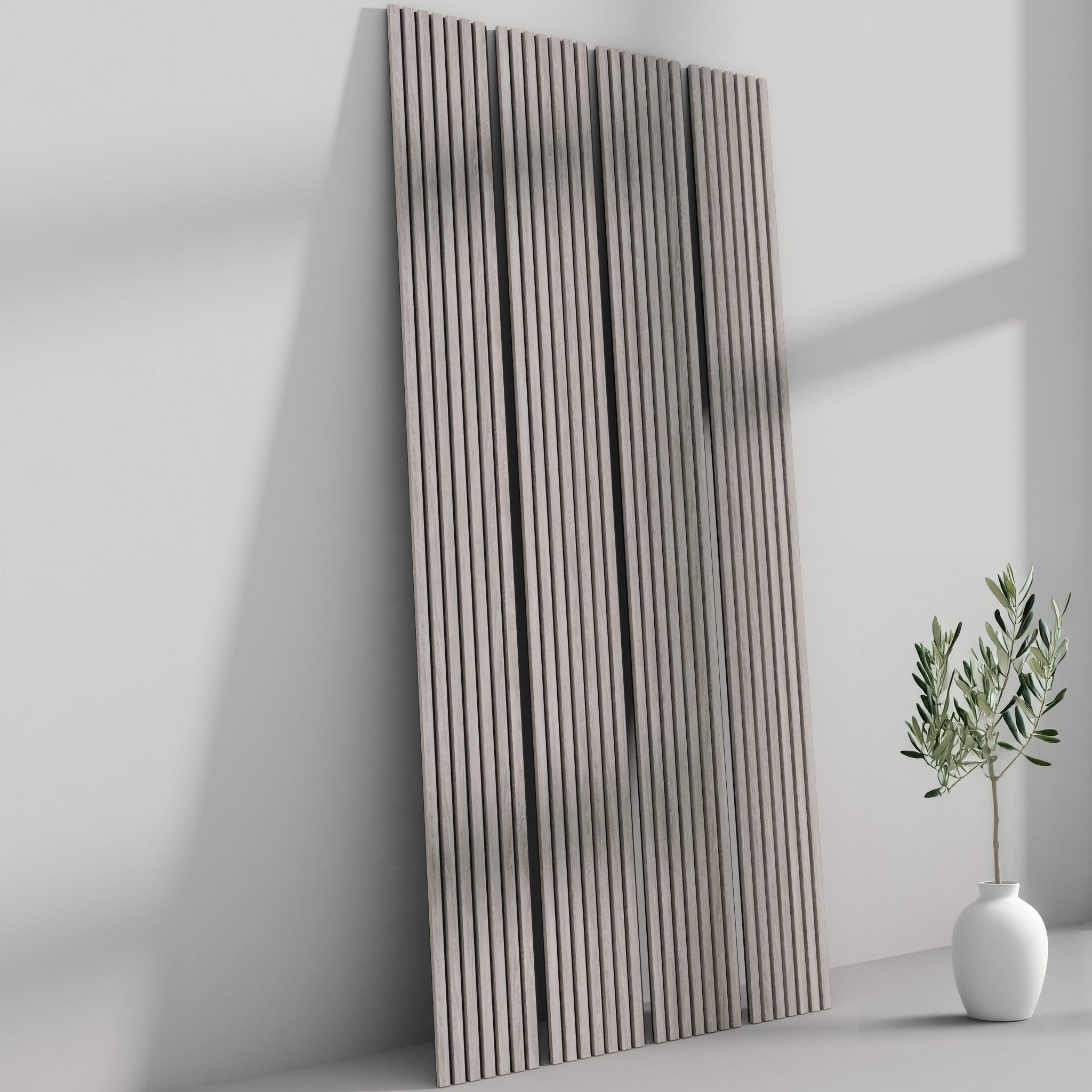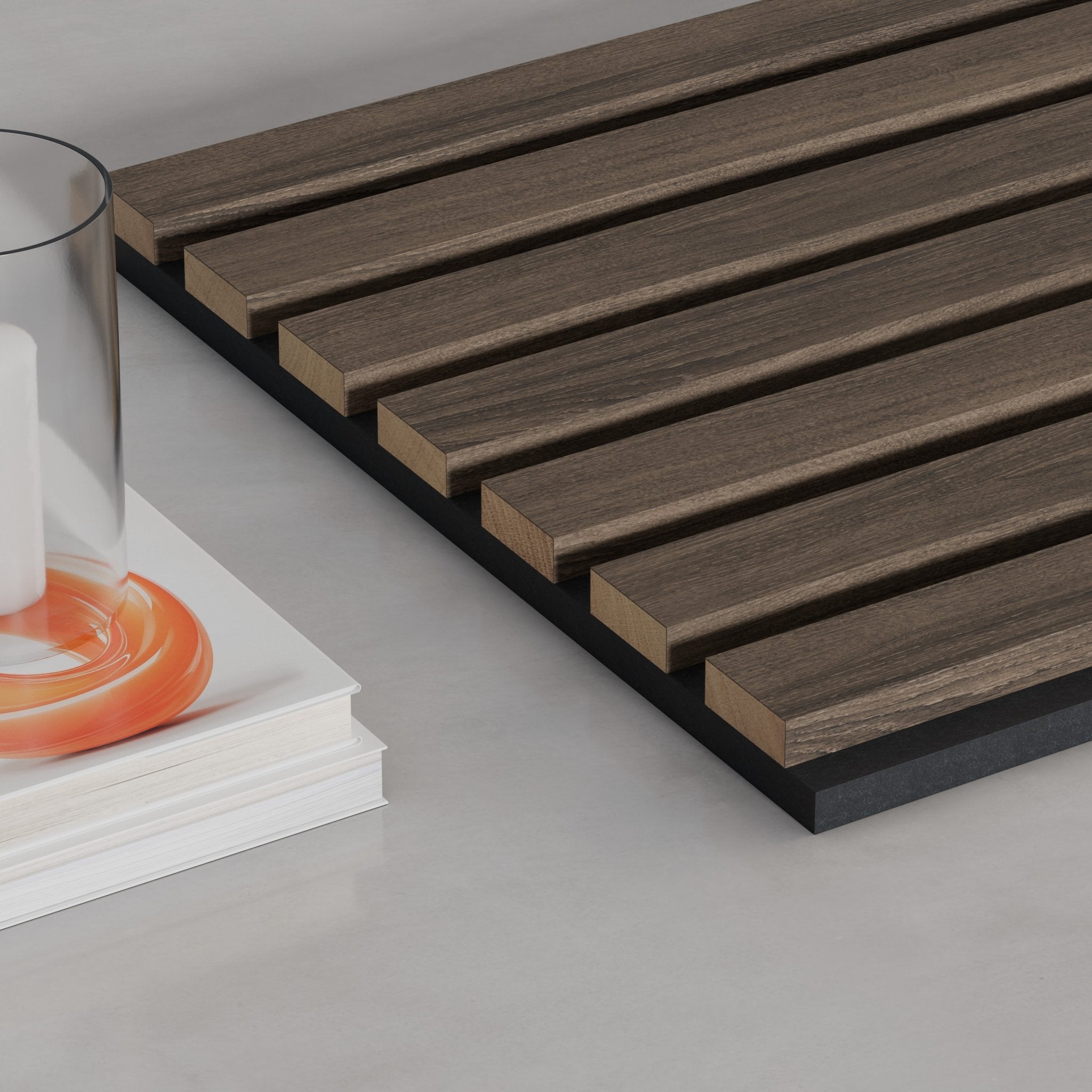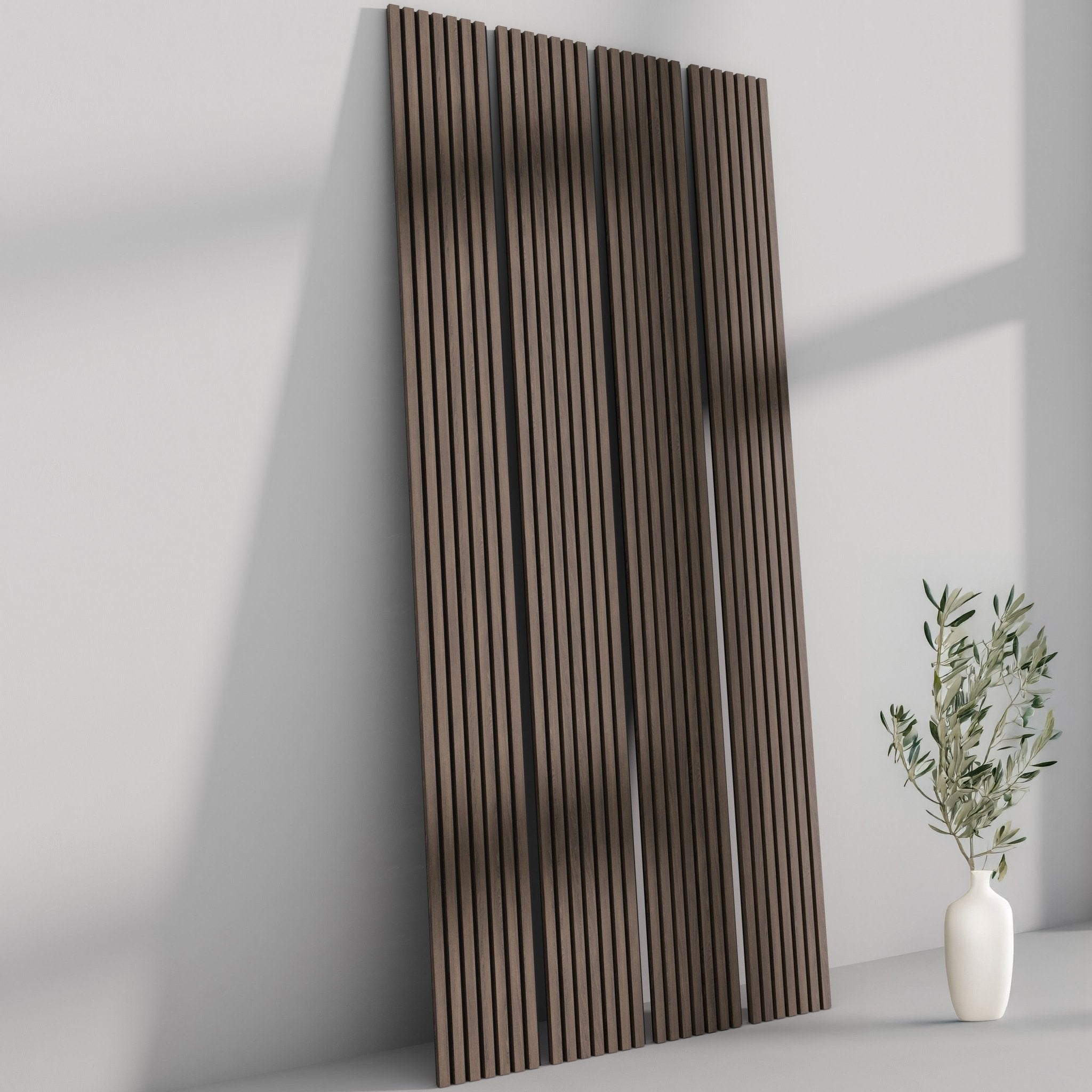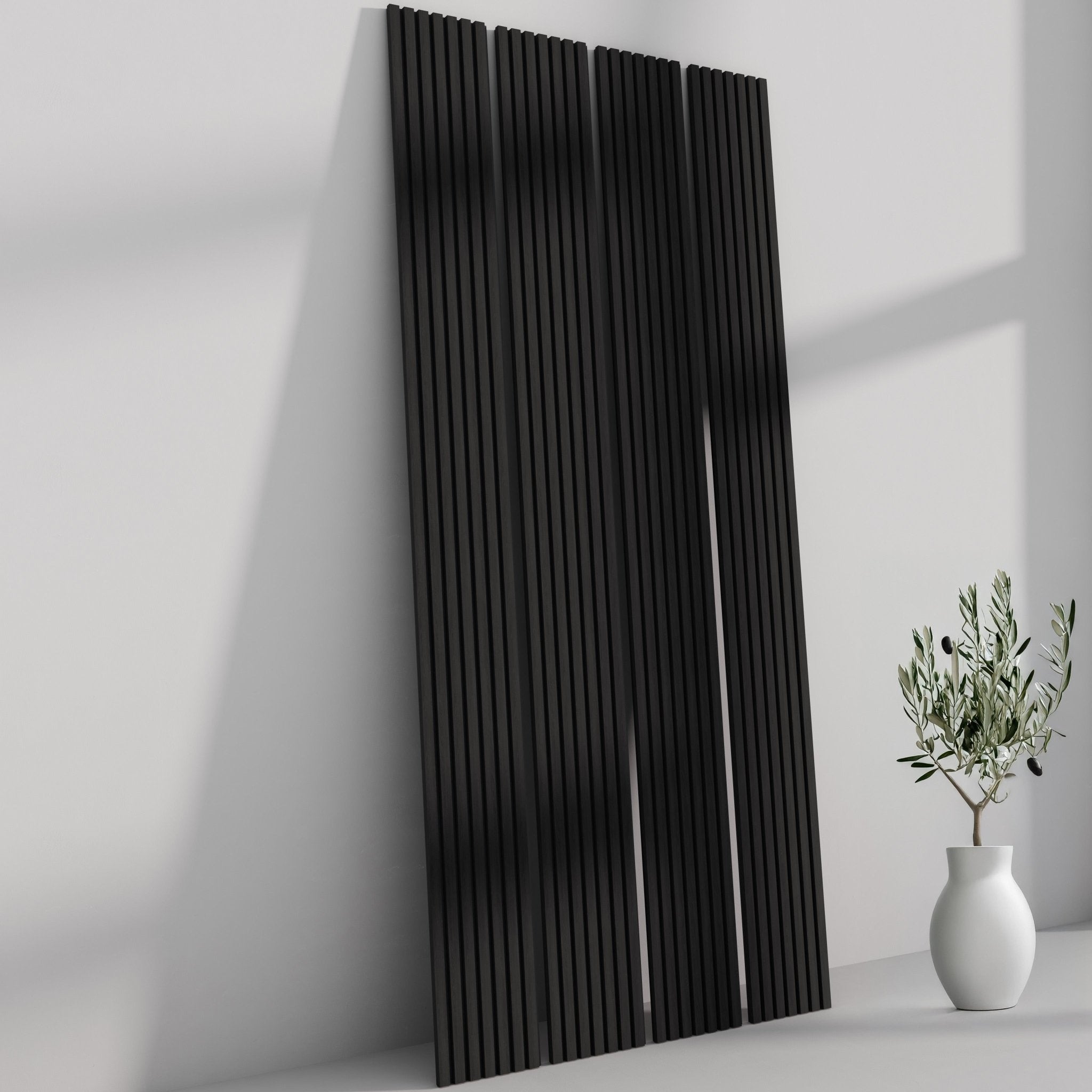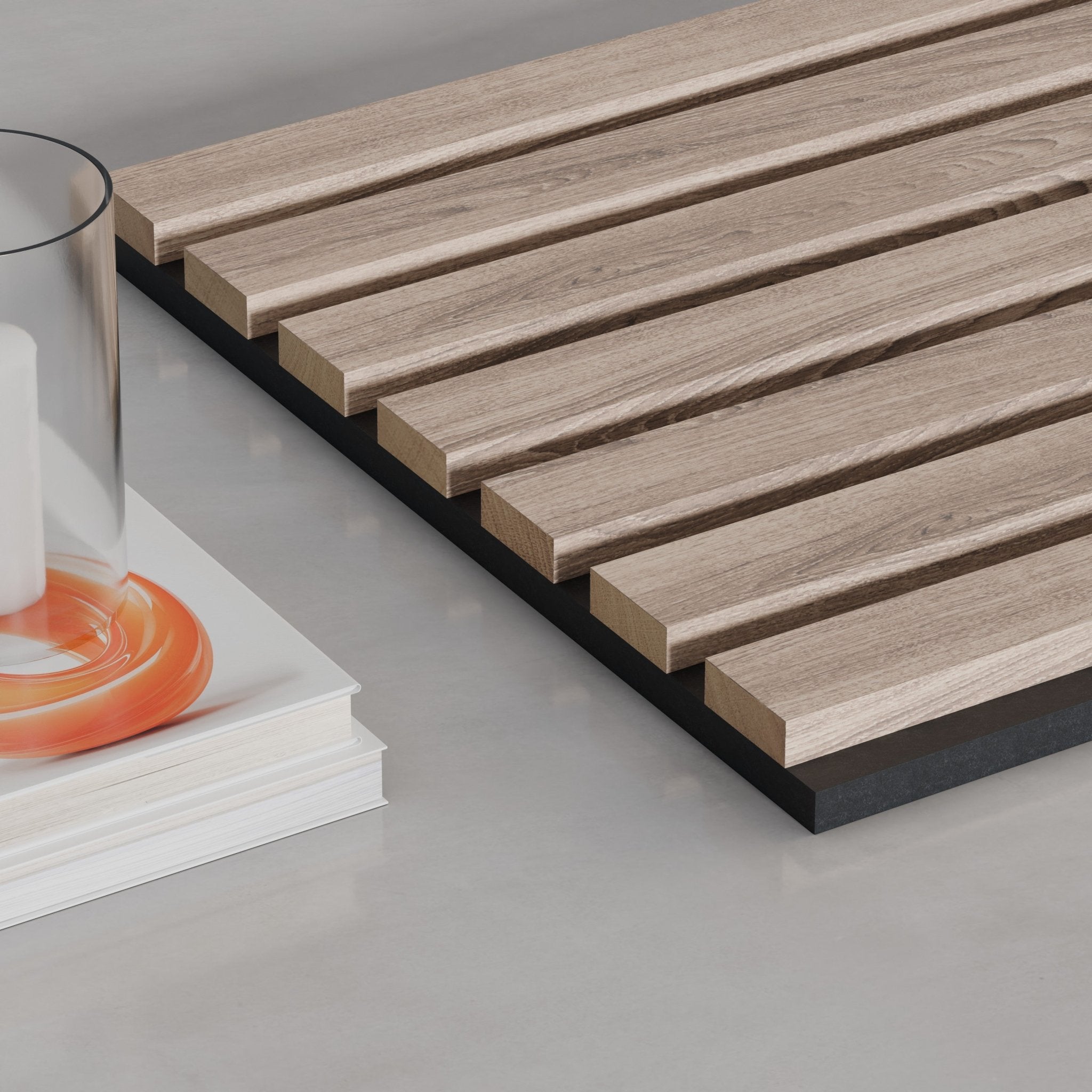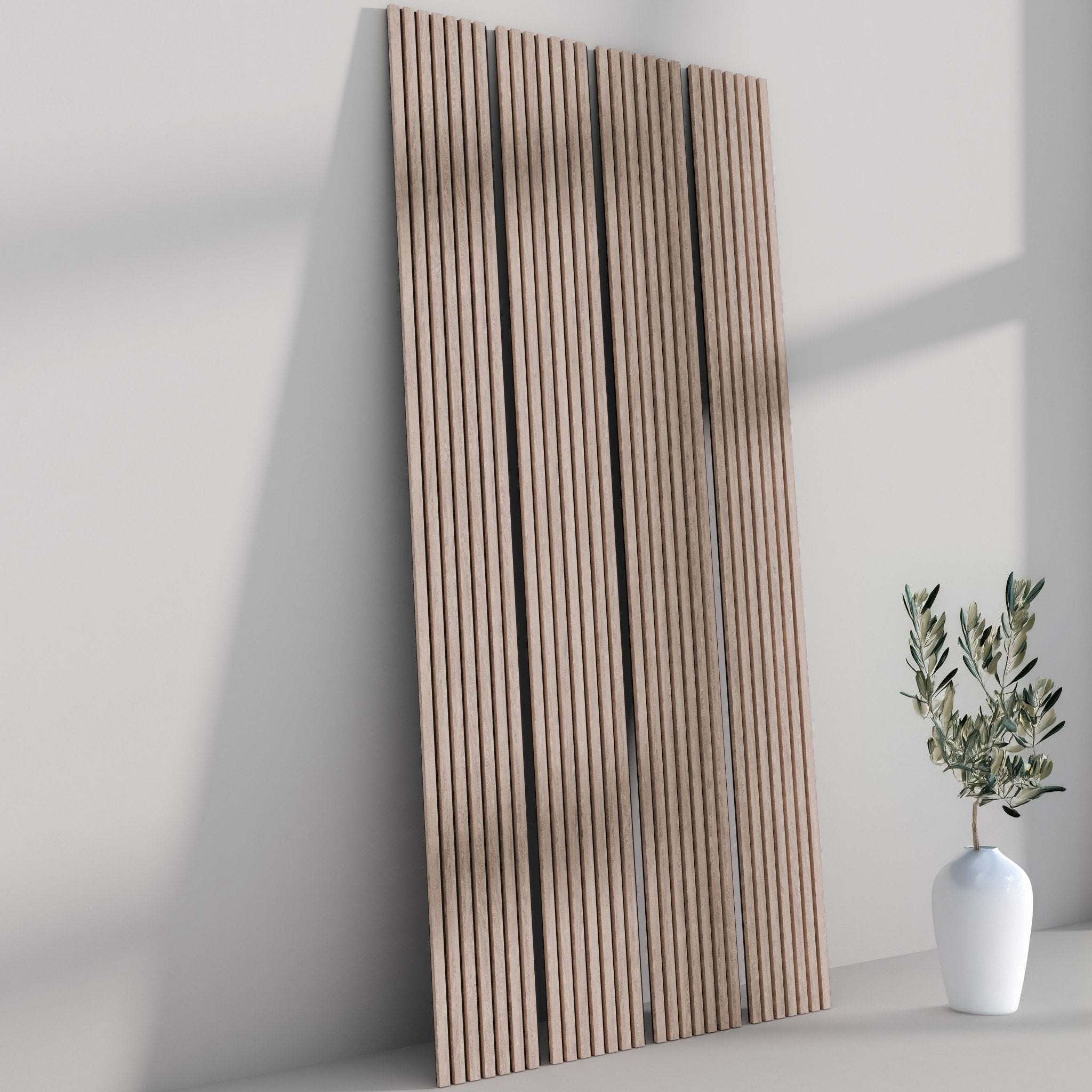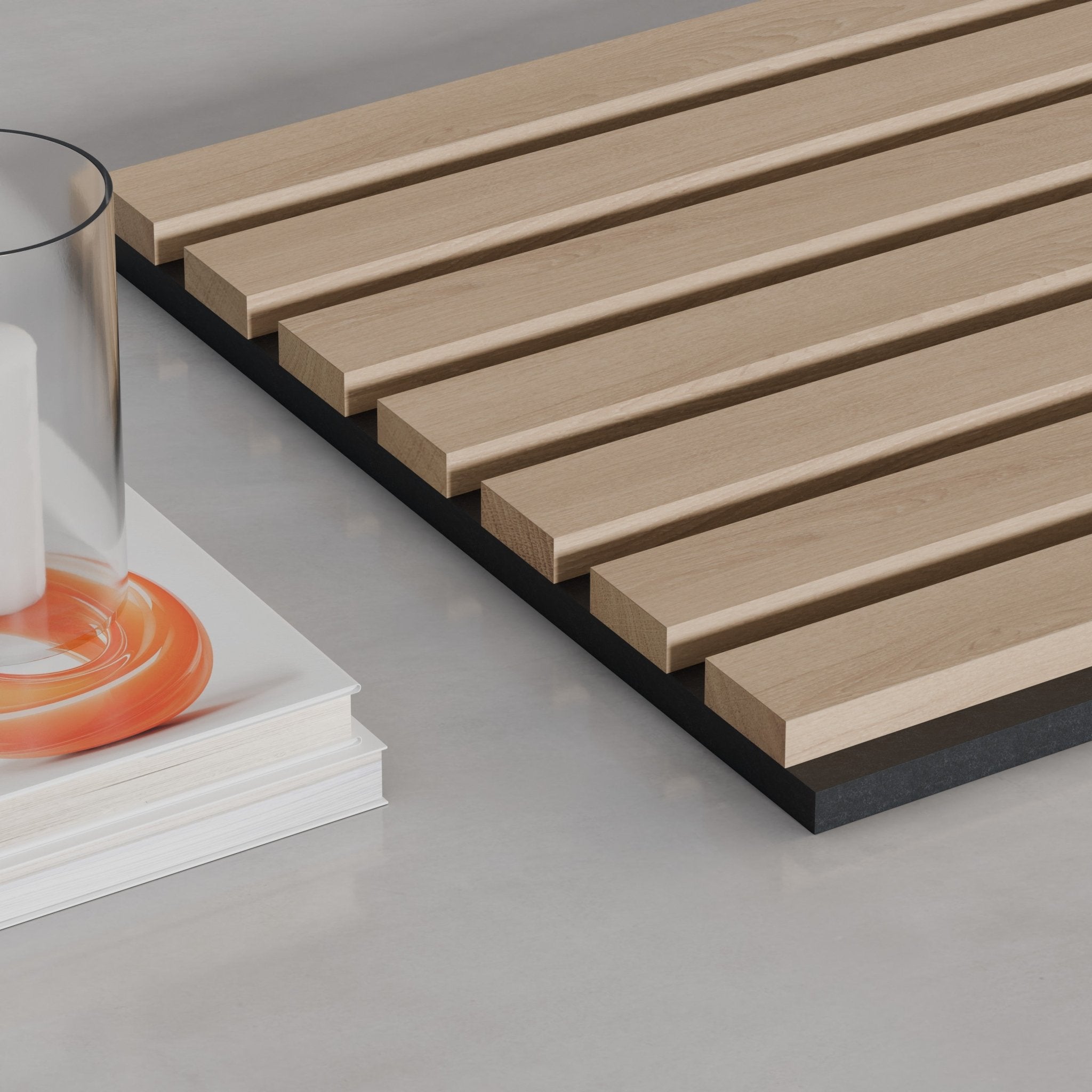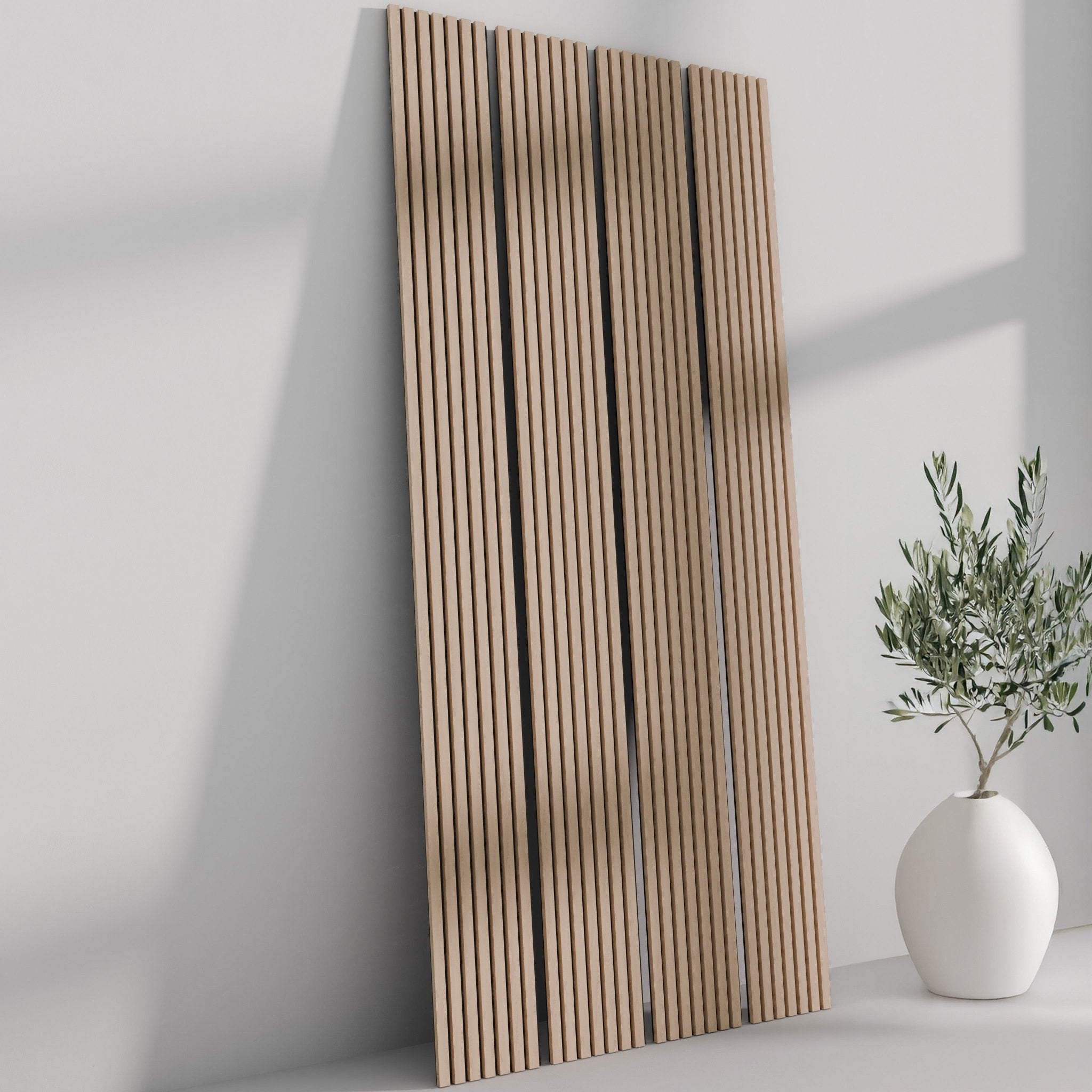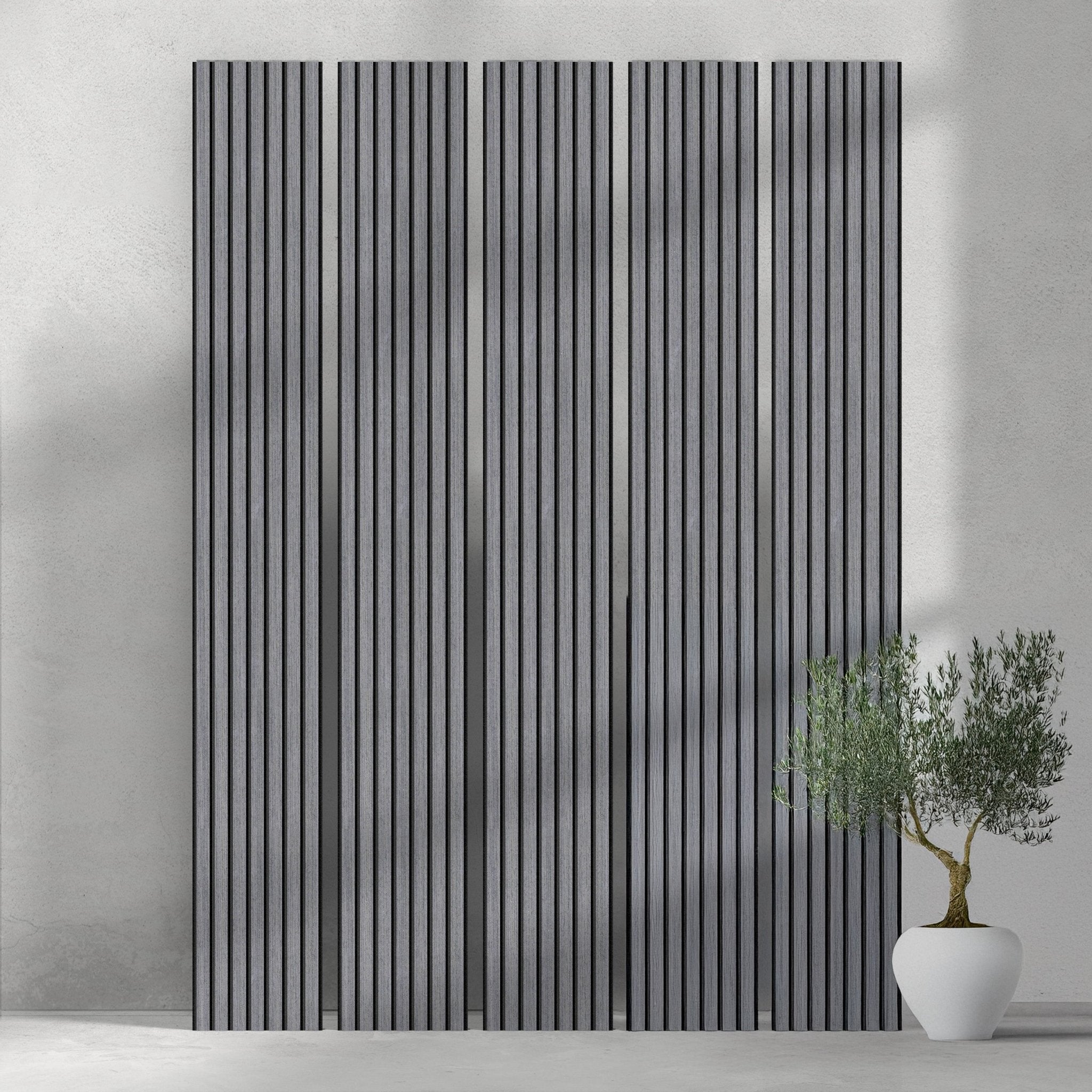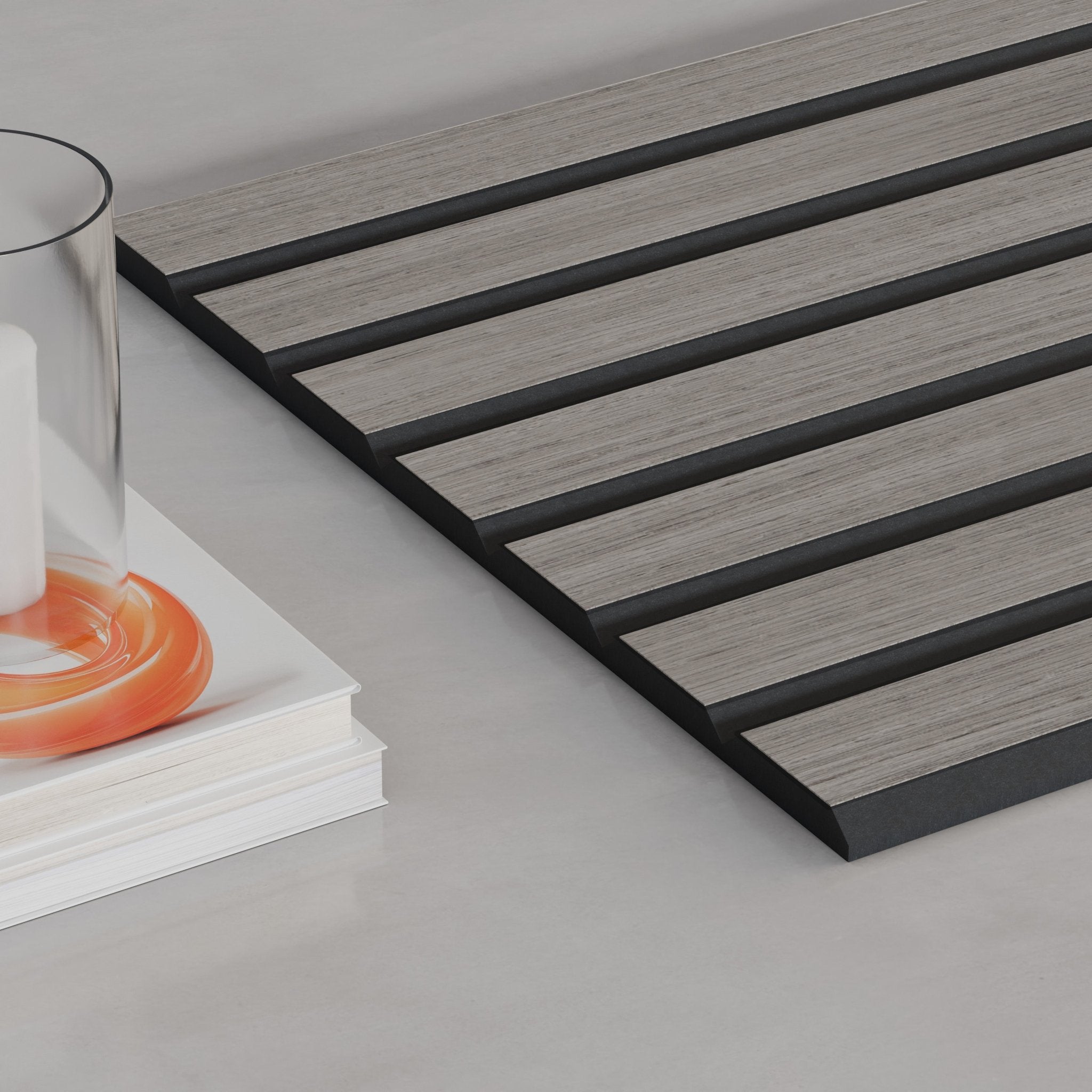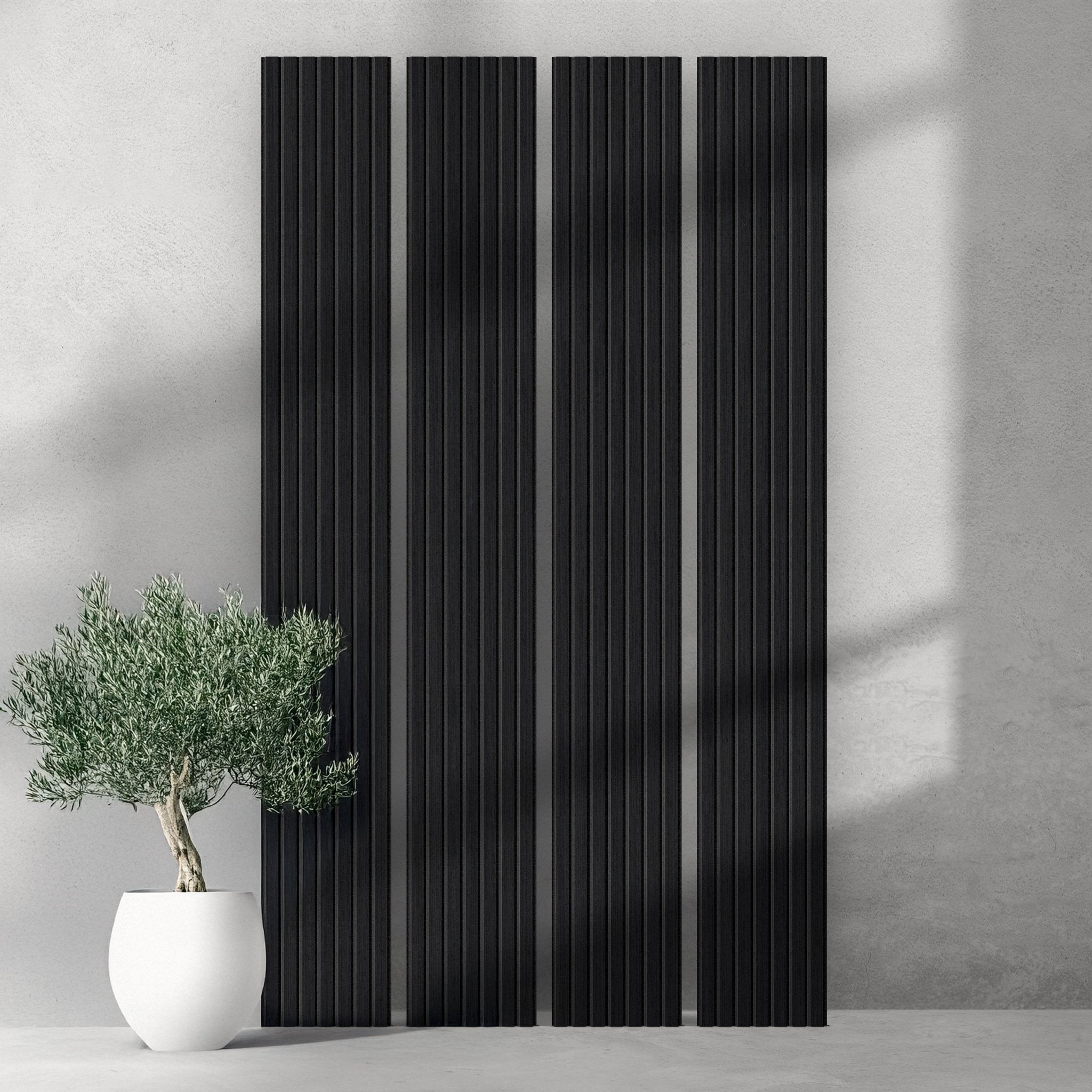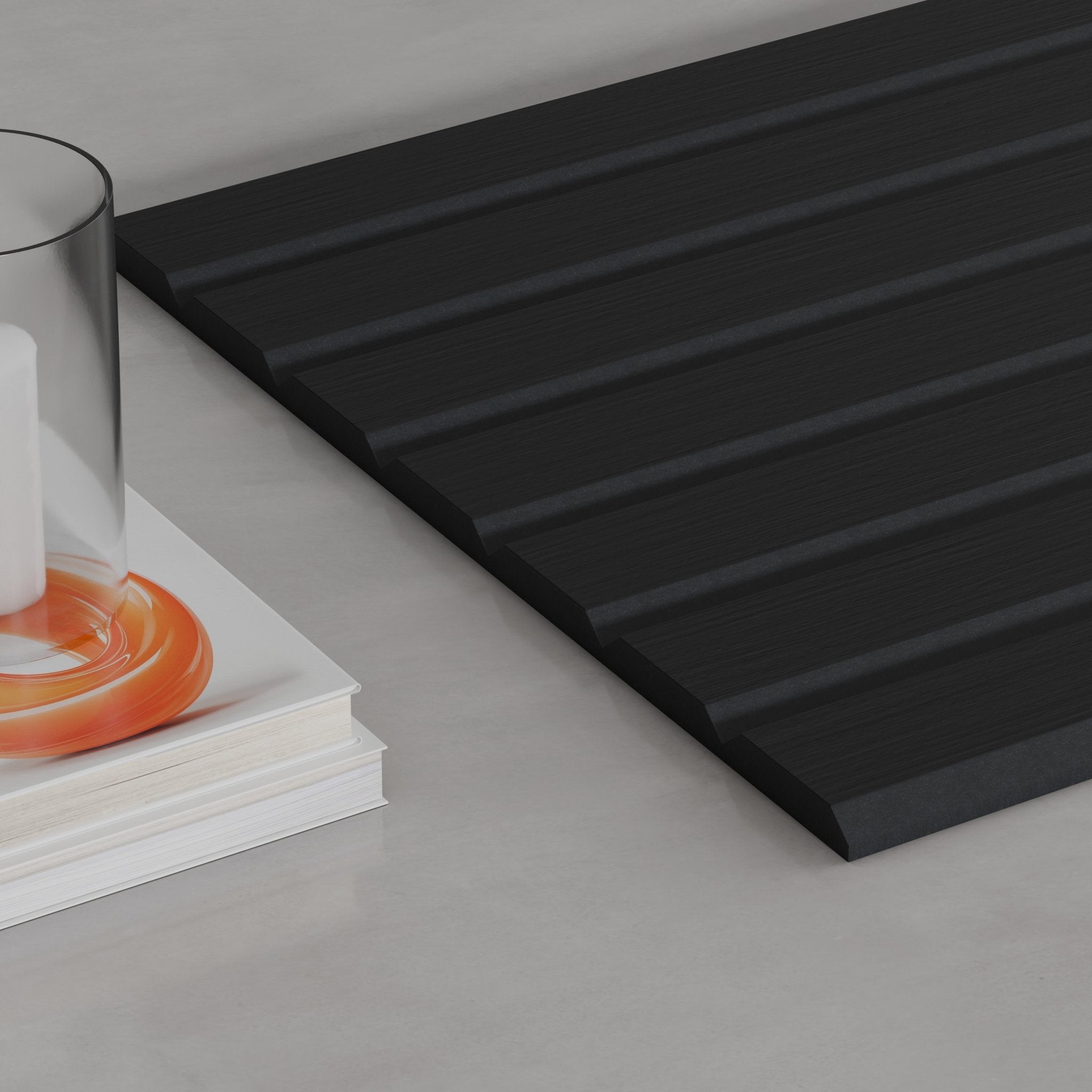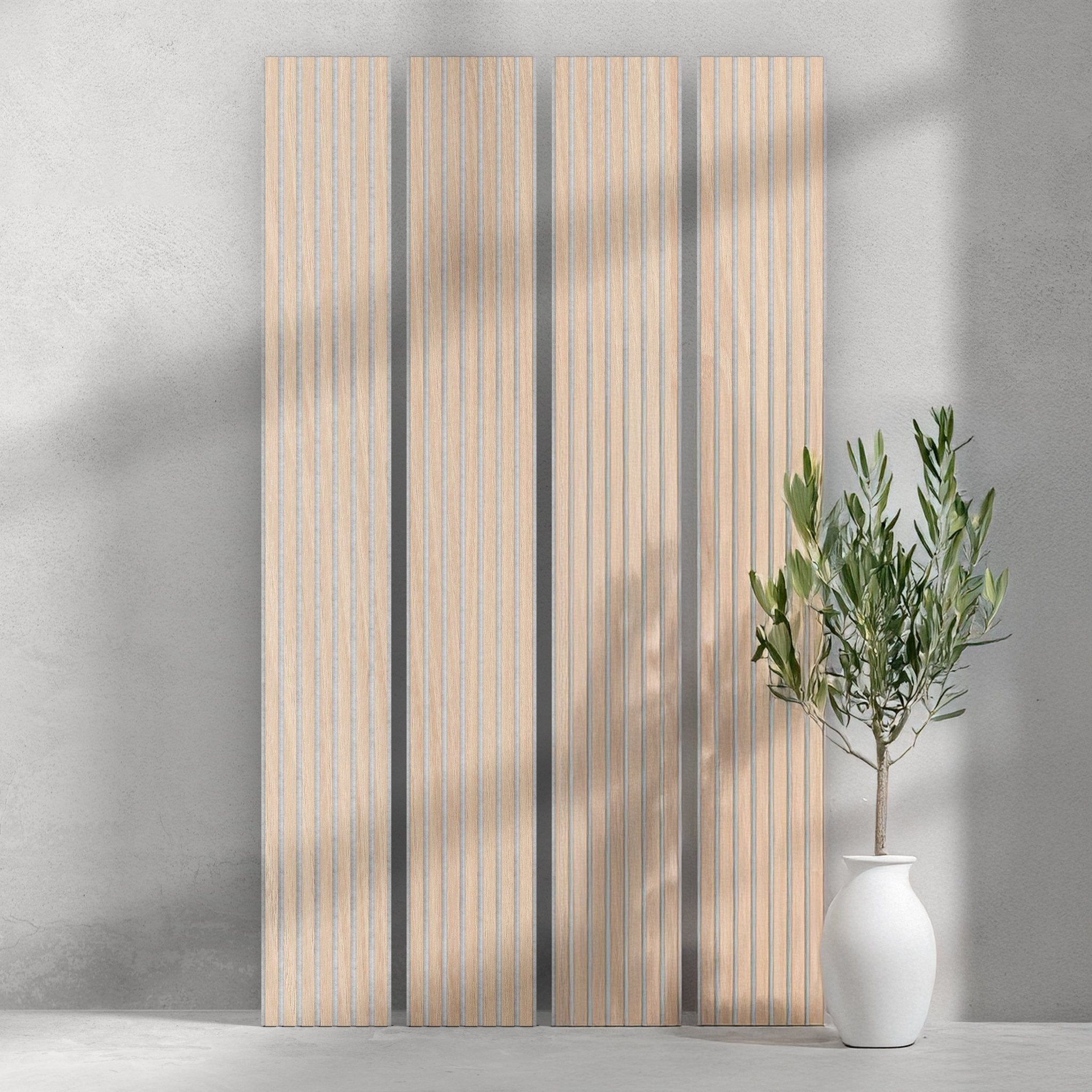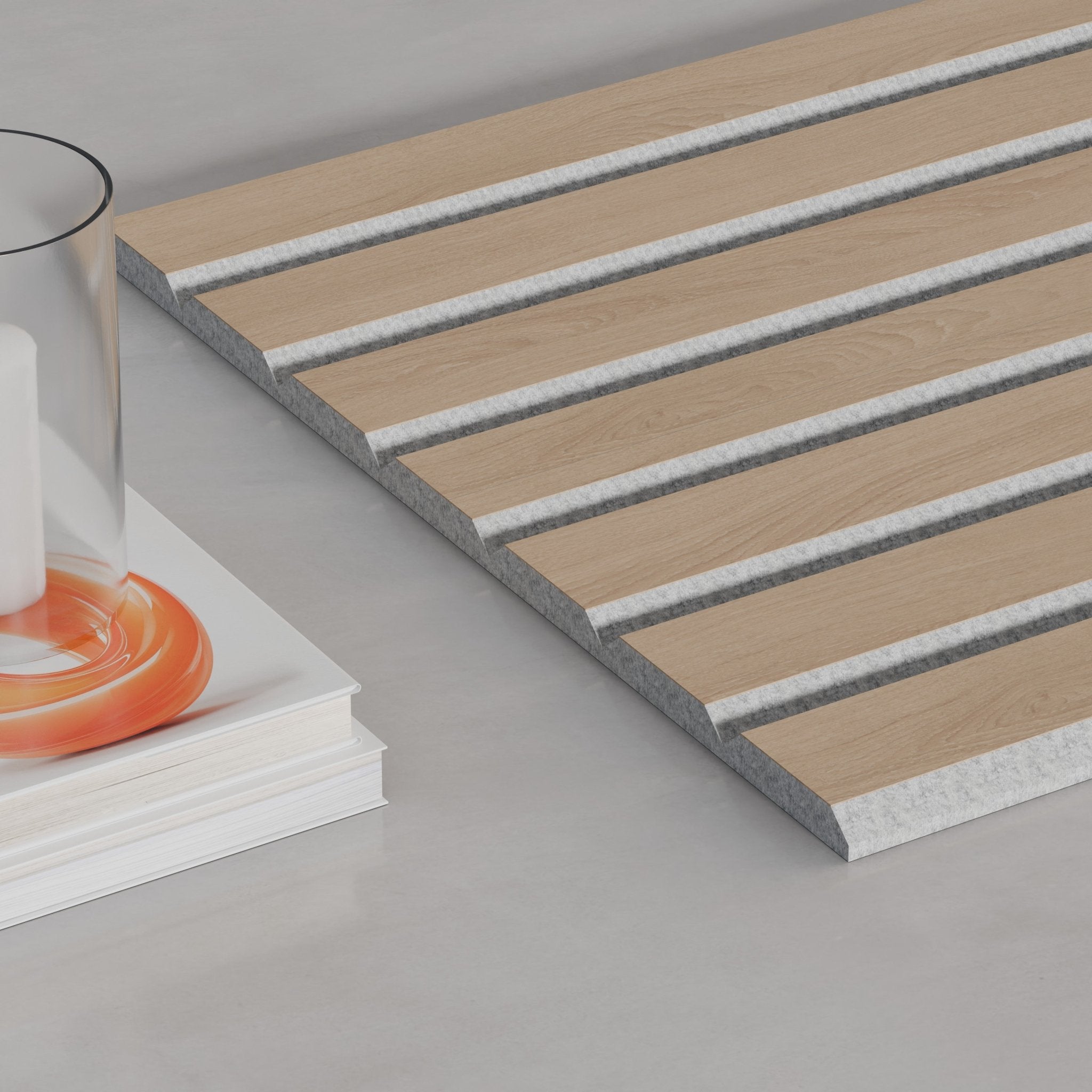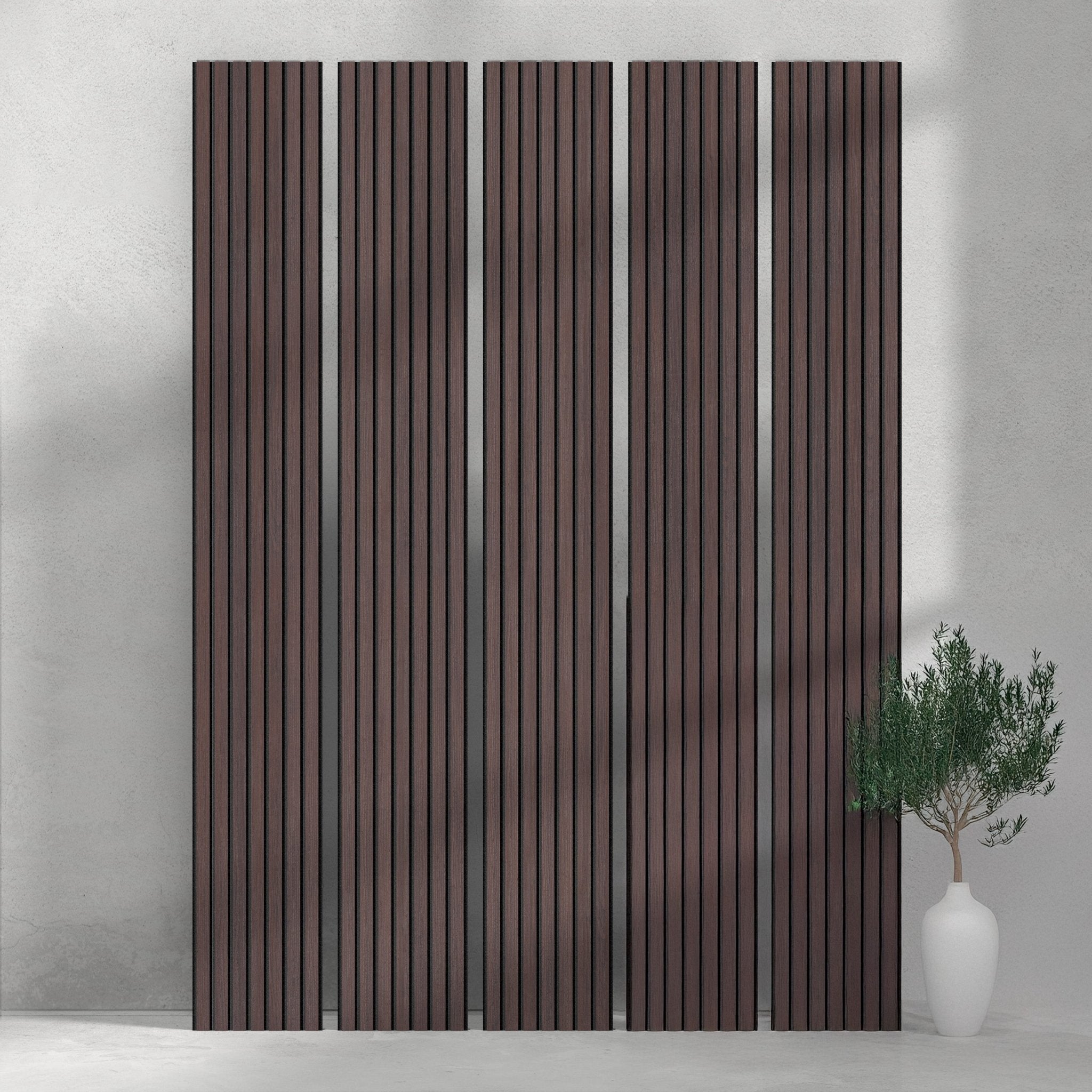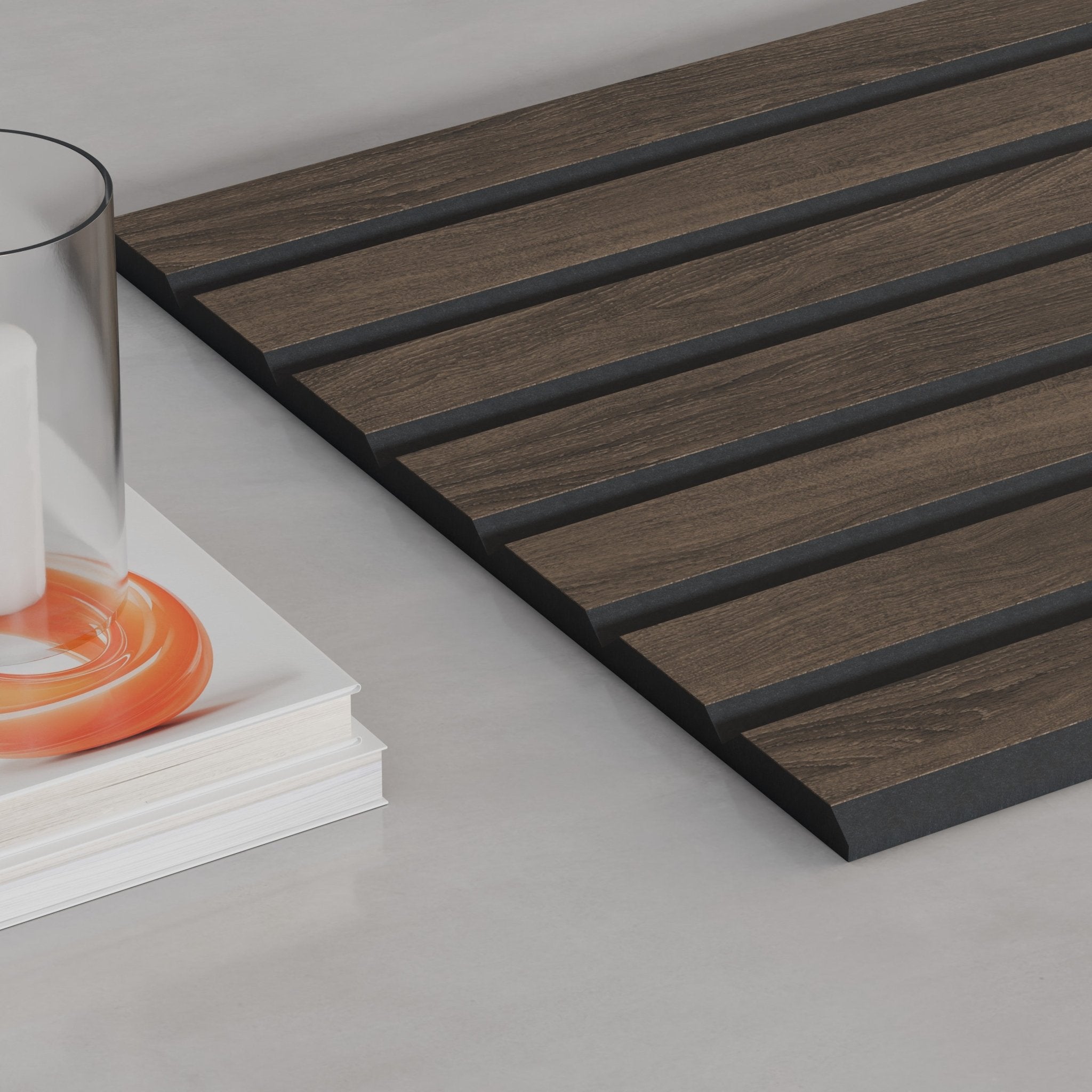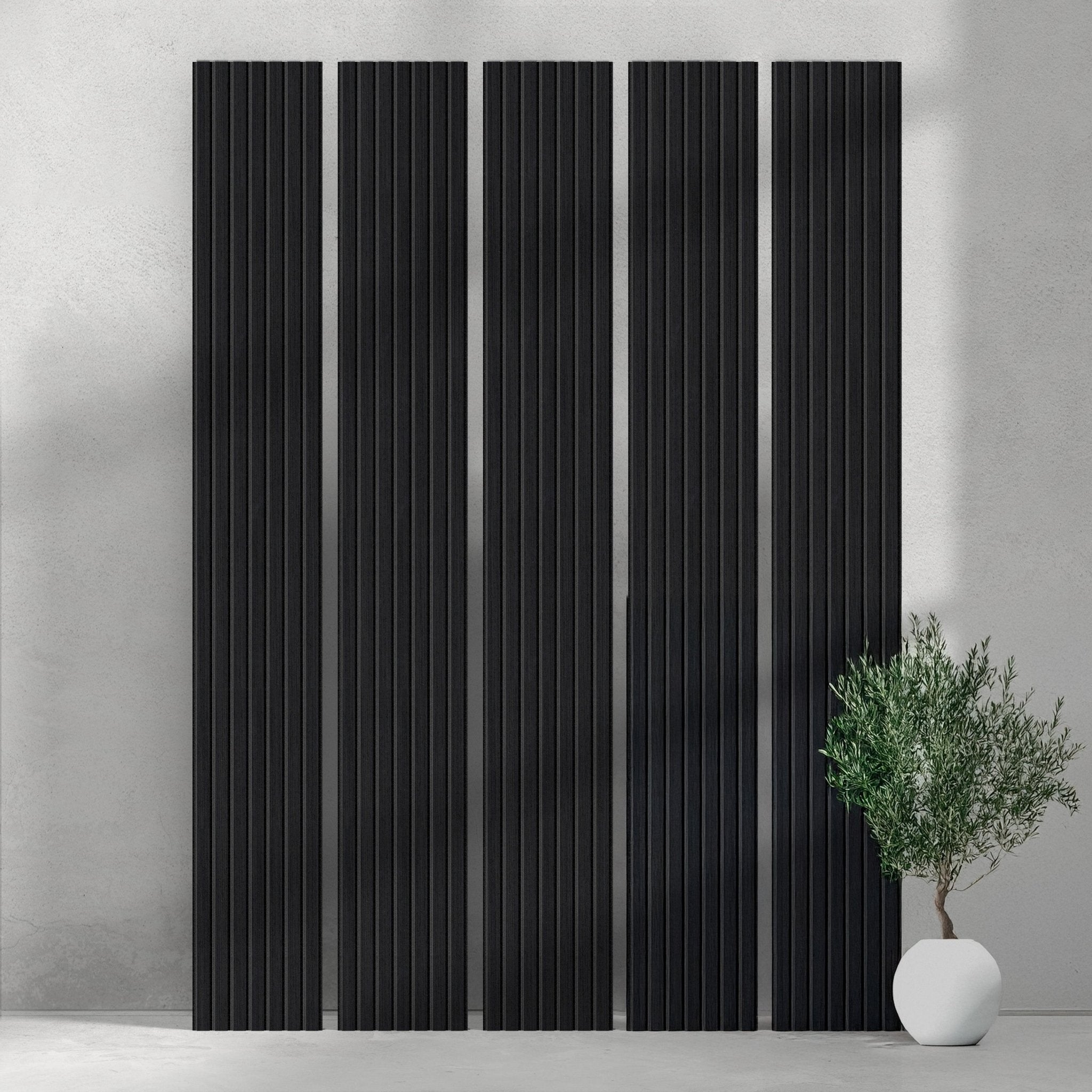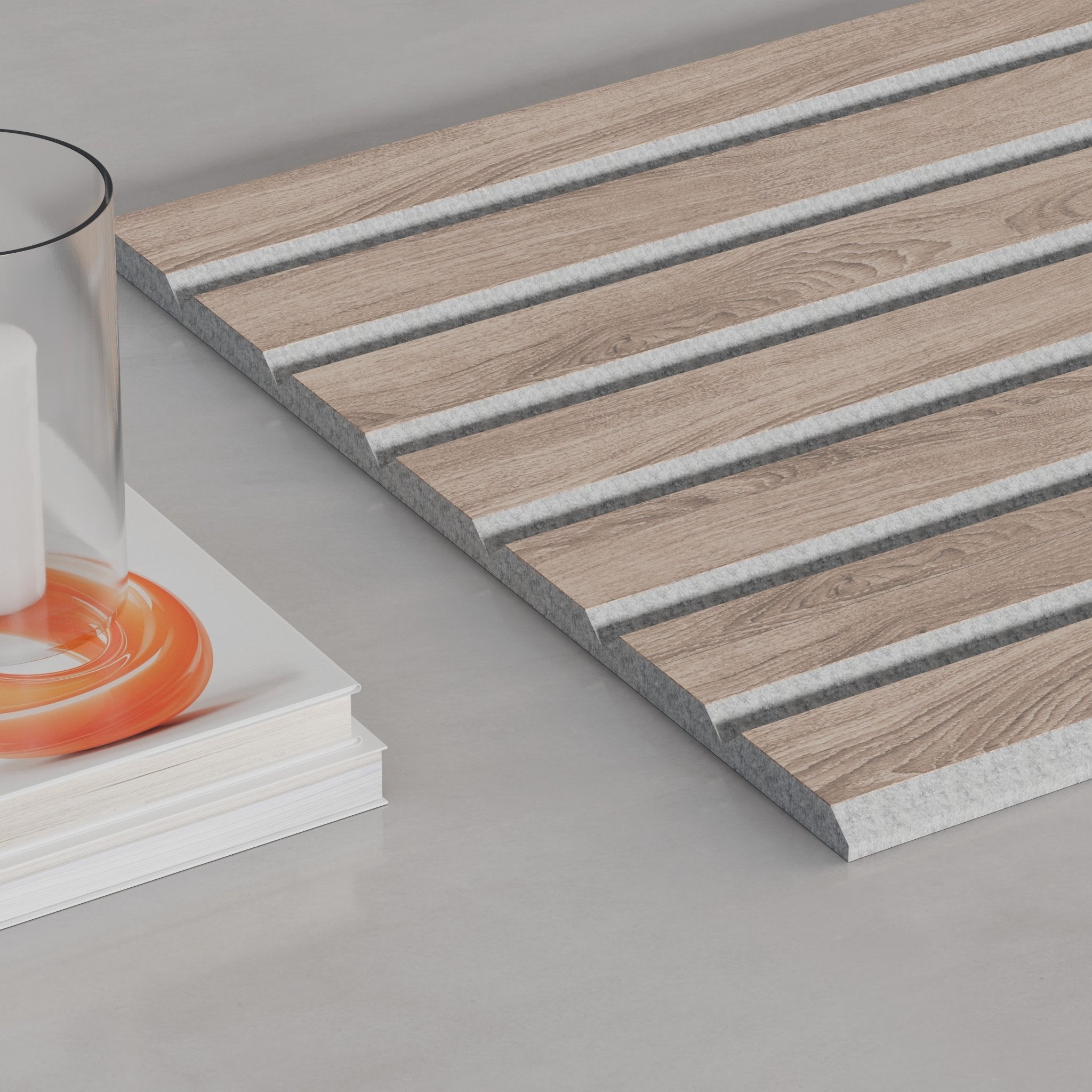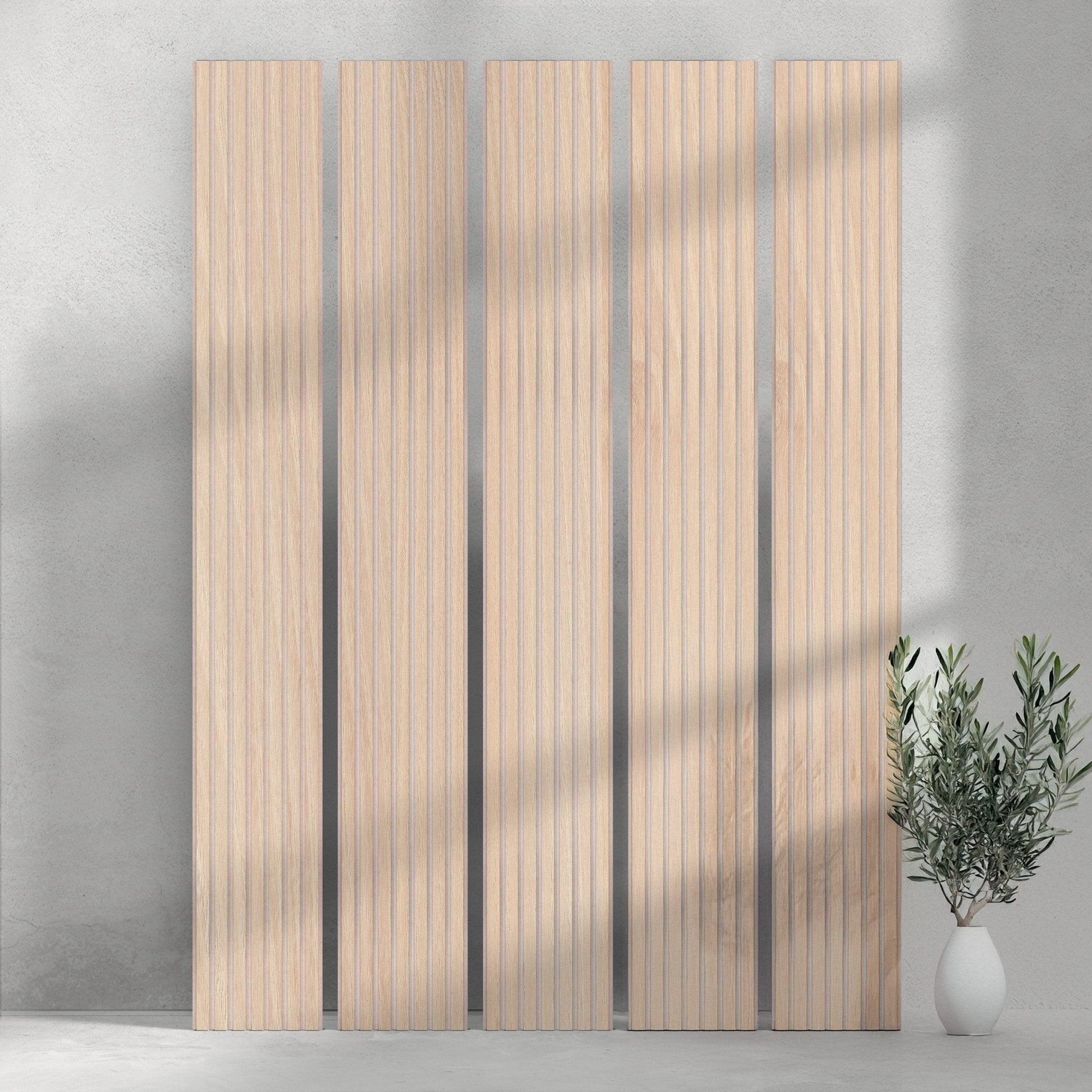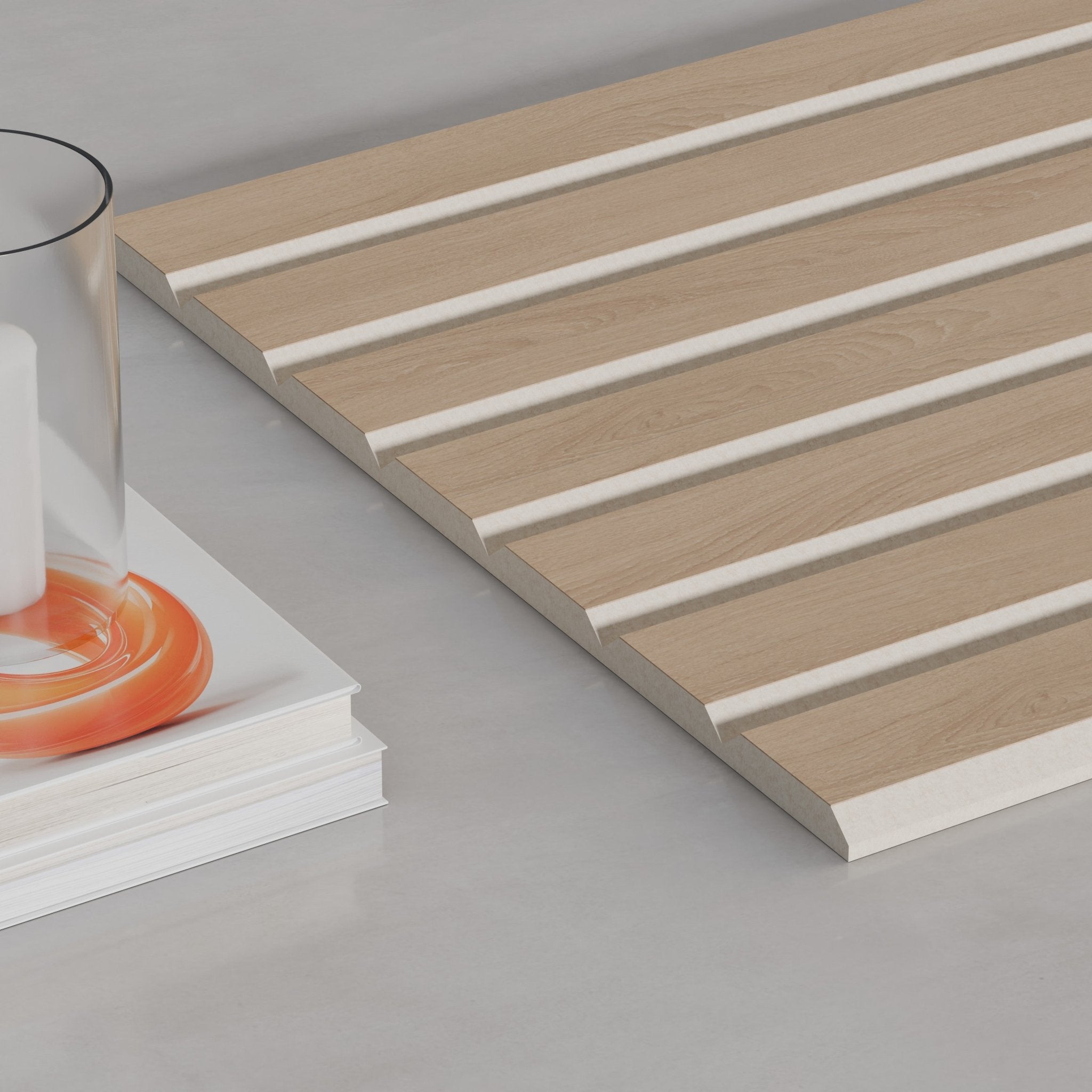Introduction
Preserving the authenticity of historic buildings while modernizing them for contemporary use is a complex task. One challenge that often arises is how to improve the acoustic environment without compromising historical integrity. This article explores how wood slat acoustic panels can be integrated into historic buildings, blending modern acoustic technology with timeless architecture.
Acoustic Challenges in Historic Buildings
Outdated Materials
Many historic buildings were constructed using materials that may not meet modern acoustic standards, resulting in issues like echo, reverberation, or sound leakage.
Preservation Laws
Often, these buildings are subject to strict preservation guidelines that prohibit any modifications that could alter their historic nature.
The Benefits of Wood Slat Acoustic Panels
Versatile Design
Wood slat panels offer a range of design options that can be customized to blend seamlessly with historic architecture.
Effective Sound Control
Modern engineering ensures these panels offer excellent sound absorption and diffusion, providing a drastic improvement in acoustics.
Sustainability
Many wood slat panels are produced sustainably, providing an eco-friendly option that aligns well with the ethics of preservation.
Implementation Strategies
Collaborative Approach
Engage acoustic consultants and heritage experts to develop an implementation strategy that honors both acoustic science and historic preservation.
Pilot Testing
Before full-scale implementation, consider a small-scale pilot to test both the acoustic effectiveness and the visual impact of the panels.
Case Studies
Historic Theaters
In one example, a historic theater successfully integrated wood slat panels into its original decor, significantly improving sound quality for modern performances while preserving its historic charm.
Government Buildings
Some older government buildings have also integrated these panels discreetly into meeting rooms and halls, enhancing the functionality of these spaces without altering their character.
Budget and Financing
Initial Costs
Although wood slat panels can be expensive, various grants and tax incentives often exist for projects aimed at preserving and enhancing historic properties.
Long-term Value
Given their durability and low maintenance requirements, wood slat acoustic panels are a long-term investment that will pay dividends for years to come.
Conclusion
Balancing modern needs with historic preservation is a complex yet achievable goal. Wood slat acoustic panels offer a practical, visually pleasing solution to the acoustic challenges often found in historic buildings. With careful planning and consideration, these panels can be a vital part of modernizing and preserving the timeless beauty and functionality of our architectural heritage.


